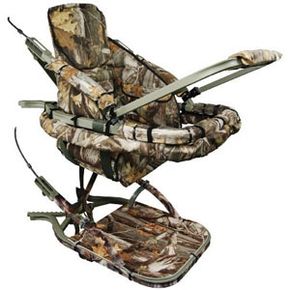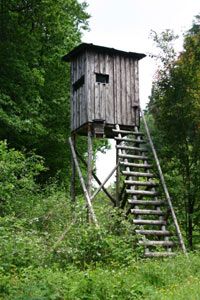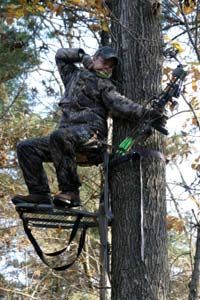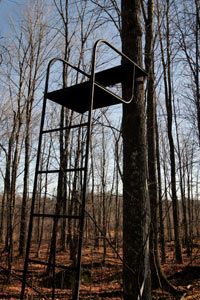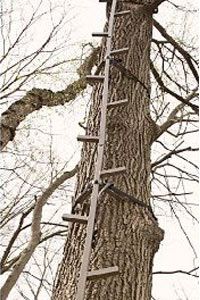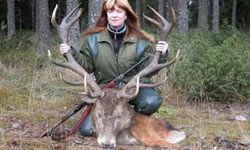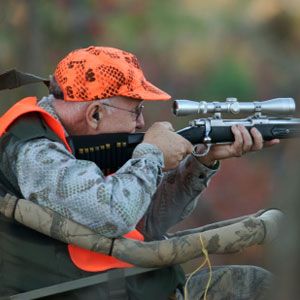Many people enjoy hunting because it's a challenging task that requires skill and patience. It also gives hunters the opportunity to be outside and enjoy the natural surroundings while getting away from everyday stress and distractions. Over the years, hunters have developed a wide selection of tools that help them pursue their hobby.
One of the most useful of the hunter's tools other than his of her weapon of choice is the tree stand. At its most basic level, a tree stand is a platform that you attach to a tree in order to get off the ground and improve your visibility of the area. A good tree stand location can also provide cover and prevent your game from detecting your scent. There are several kinds of tree stands available for purchase. You can even build your own -- several Web sites offer plans for different styles of tree stands.
Advertisement
But tree stands can be dangerous if you aren't careful. Every year, dozens of hunters sustain injuries due to tree-stand accidents. It's not hard to imagine how accidents could happen. The typical tree stand only provides a small platform upon which the hunter kneels, sits or stands. While some hunters mount stands at relatively low heights -- 12 feet (3.7 meters) or so -- others may go as high as 35 feet (10.7 meters) to secure a spot. A fall from that height could seriously injure or even kill a hunter.
If you're careful and if you use the proper safety equipment and follow the instructions that came with your gear, a tree stand can make you a more effective hunter. The important thing to remember is that the tree stand is a tool -- you'll still have to develop your hunting skills to make the best use of it.
You'll need to choose the type of tree stand that best suits your needs and one that fits your budget, too. It's also important to learn how to recognize a good location to set up a stand and develop the technique you'll need to make an effective kill from above. In this article, we'll learn about the different types of tree stands and where you set it up.
First, let's look at the different types of stands you can buy or build.
Advertisement
